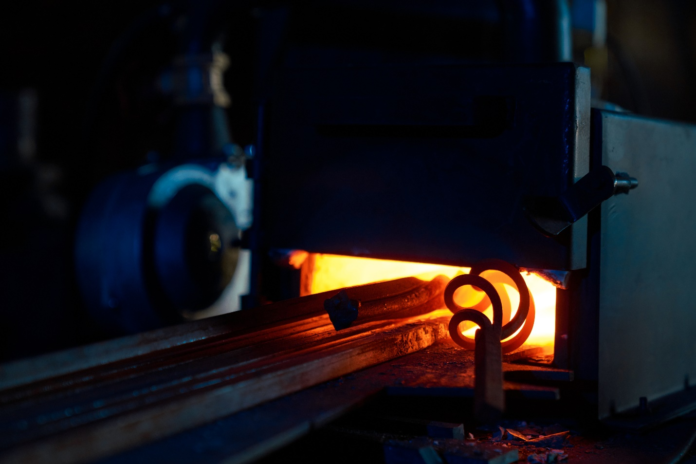Stencils and steel engraving are two techniques that have been used in industrial applications for many years. They offer a range of benefits, including precision, durability, and cost-effectiveness.
What Are Stencils And Steel Engraving?
Stencils are thin sheets of material, such as plastic or metal, with a design or pattern cut into them. They create a repeated image or pattern on a surface, such as a wall or a piece of fabric.
On the other hand, steel engraving is a process of cutting a design or pattern into a metal plate using a sharp tool. The container then creates prints or impressions on paper or other materials. Both techniques offer precision and durability, making them ideal for industrial applications.
Both methods can create intricate designs and patterns, making them popular choices for creating artwork or commemorative items. They are also used in printing, jewelry making, and product labeling industries.
Precision And Accuracy In Industrial Applications.
Precision and accuracy are crucial in industrial applications, and stencils and steel engraving offer just that. With stencils, the design or pattern is cut with extreme precision, ensuring that each image or print is identical.
On the other hand, steel engraving allows for intricate and detailed designs to be cut into metal plates, which can then be used to create precise prints or impressions. This level of precision and accuracy is essential in the automotive, aerospace, and electronics industries, where even the slightest deviation can have significant consequences.
Stencils and steel engraving in Montreal are widely used to create parts and components for these industries, ensuring that each piece is of high quality and meets the required specifications. They are also used in other sectors, such as printing, to create high-quality images and designs.
Durability And Longevity Of Stencils And Steel Engraving.
In addition to precision, stencils and steel engraving offer exceptional durability and longevity. Stencils are typically made from materials such as Mylar or vinyl, which are resistant to wear and tear, making them ideal for repeated use.
On the other hand, steel engraving creates designs that are etched directly into metal plates, ensuring that they will last for years without fading or wearing down. This durability and longevity make stencils and steel engraving a cost-effective solution for industrial applications, as they can be used repeatedly without needing to be replaced frequently.
Steel engraving is also much more precise than other engraving methods, allowing for intricate and detailed designs that are impossible to recreate any other way. This makes steel engraving the perfect choice for projects requiring high accuracy levels.
Cost-Effectiveness Compared To Other Methods.
One of the biggest advantages of using stencils and steel engraving in industrial applications is their cost-effectiveness compared to other methods. For example, traditional screen printing requires the creation of a new screen for each design, which can be time-consuming and expensive.
With stencils, however, the method can be easily replicated multiple times without the need for a new stencil. Similarly, while laser engraving can be precise, it can also be costly and not as durable as steel engraving. Stencils and steel engraving offer a cost-effective solution for industrial applications without sacrificing precision or durability.
Examples Of Industries That Benefit From Using Stencils And Steel Engraving.
Stencils and steel engraving are widely used in various industries, including automotive, aerospace, electronics, and packaging. In the automotive sector, stencils are used to label and mark parts, while steel engraving is used to create molds and dies.
In the aerospace industry, stencils are used for labeling and keeping equipment, while steel engraving produces precision parts. In the electronics industry, stencils are used to create circuit boards, while steel engraving is used to make precision components.
In the packaging industry, stencils are used for labeling and marking products, while steel engraving is used for creating custom packaging designs. In the medical sector, stencils are used to label medical instruments, while steel engraving is used to create precision parts.
In the automotive industry, stencils are used for customizing and personalizing vehicle components, while steel engraving is used for creating intricate designs.





























